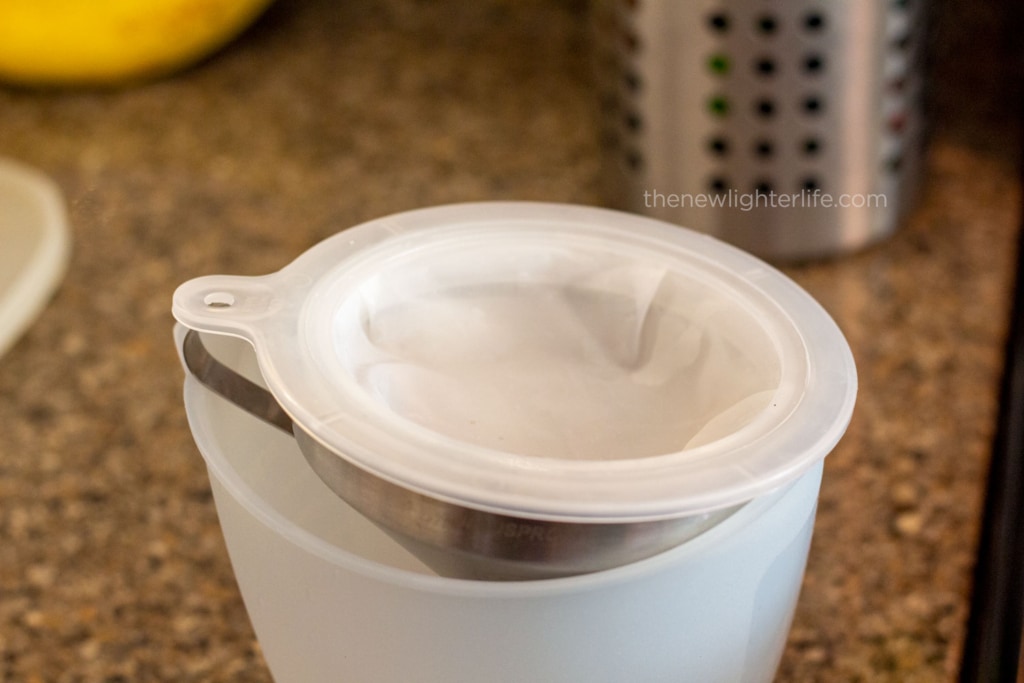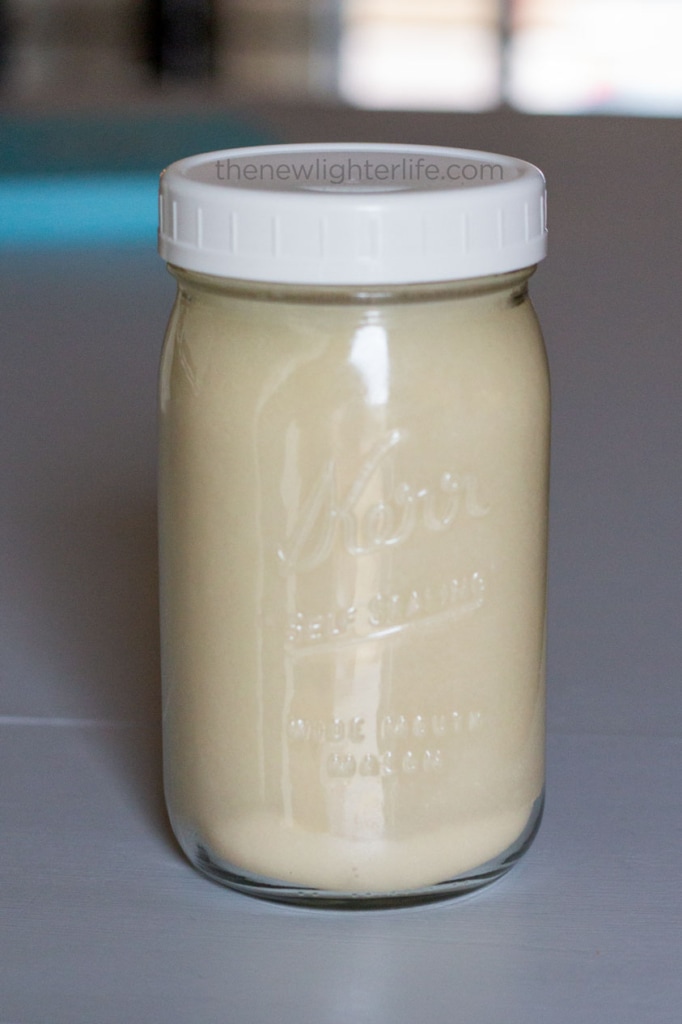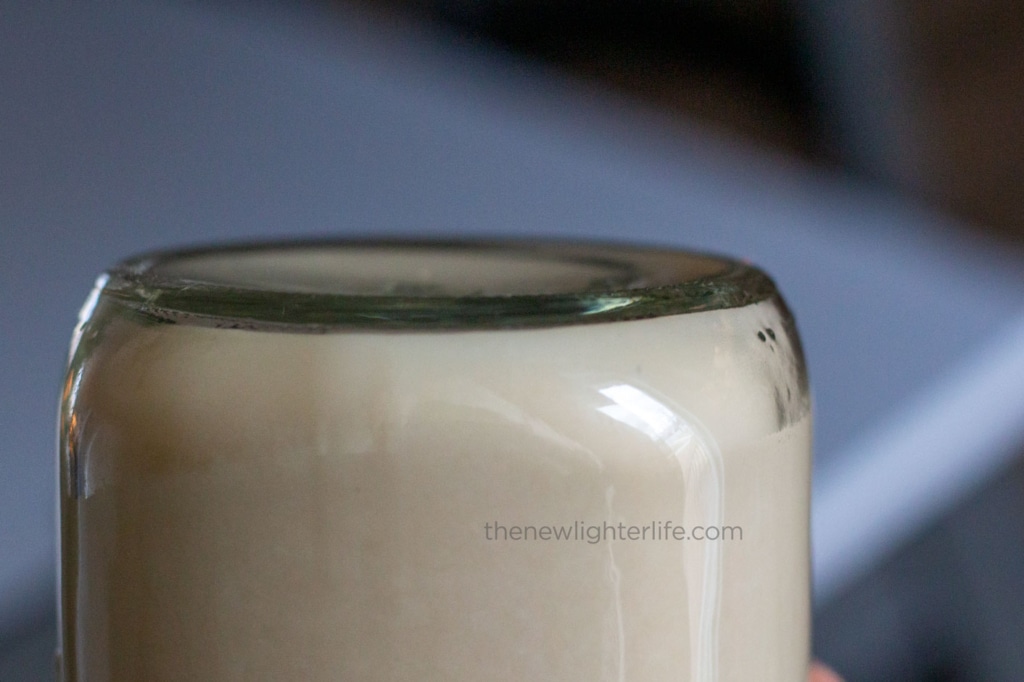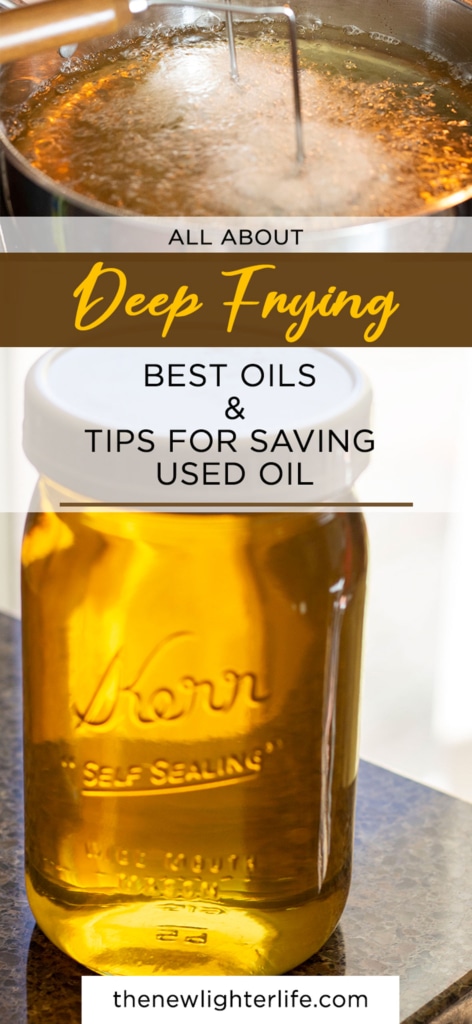While we don’t often make fried foods, there are times when we must such as making rosettes or some tasty deep-fried dill pickles. So today, I thought it would be best to delve into the best cooking oil for frying and how to save your oil for later use.
First, for any fried foods I make, I use refined coconut oil. While refined coconut oil may not be as healthy as organic virgin coconut oil, it beats the heck out of other oils commonly used for frying.
What makes a good frying oil? An oil that has minimal to no flavor and a high smoke point.
I don’t want to go too in-depth on this info but the higher the smoke point, the least likely the oil will burn and generate free radicals, (which are bad for you).
Best Cooking Oil for Frying (with smoke points)
- refined coconut oil (400° F)
- peanut oil (450° F)
- safflower oil (510° F)
- canola oil (400° F)
- vegetable oil (400° F)
- soybean oil (453° F)
- cottonseed oil (420° F)
- corn oil (450° F)
When you are frying foods, you want your oil to be between 325° and 375°. The lower the temperature of the oil, the more oil your cooked food will retain.
My beloved refined coconut oil is by far my favorite and we fry exclusively with it. This oil is virtually tasteless. The downside of refined coconut oil is that it is pretty pricey in comparison to the other oils listed.
With the cost, it is a shame to throw the oil away after one use, so the best solution is to strain it and store the oil for your next fry-fest. In the past, I have strained with multiple layers of cheesecloth, which was a complete and total mess. Food particles always leached through the cheesecloth and I inevitably pitched the oil.
6 Tips for Saving Frying Oil
- Ditch the cheesecloth and use an oil strainer – I discovered a sweet oil strainer that has worked perfectly for my used oil.
 I have the funnel and 200 mesh filter but I imagine the 400 mesh would also work nicely.
I have the funnel and 200 mesh filter but I imagine the 400 mesh would also work nicely.
- Let the oil cool – You want to cool it enough so you don’t melt your strainer or burn yourself. If straining coconut oil it will start to solidify below 76° so be sure to strain while it’s still in its liquid state.
- Store strained oil in the freezer – Once you strain your oil, you can store it in a glass jar or food-safe container and freeze it for later use. I do not recommend the refrigerator as the oil will go rancid quicker.

- Reuse strained oil up to 3 times.
- Never save oil that was used to fry fish – if you are brave and want to try saving the oil, you can try my tip below. Be forewarned, your strained fish-fried oil may taste like fish.
- Fry a potato in oil that has flavor leeched into it – I suggest you pour your strained oil back into a clean pot/fryer and turn the heat up to at least 365° F. Carefully drop a sliced potato into the hot oil and cook for several minutes or until the potatoes are golden brown. Remove potatoes from the oil and discard when cool enough.
As you can see from the following pictures, my strained oil is clean and doesn’t have sediment.

Below is a view of the bottom of the jar after the oil had a chance to settle and solidify.


And that’s it, folks!
Did I miss any important tips with straining frying oil? If so, please let me know in the comments.
Blessings!







1 thought on “Best Cooking Oil for Frying + Tips”